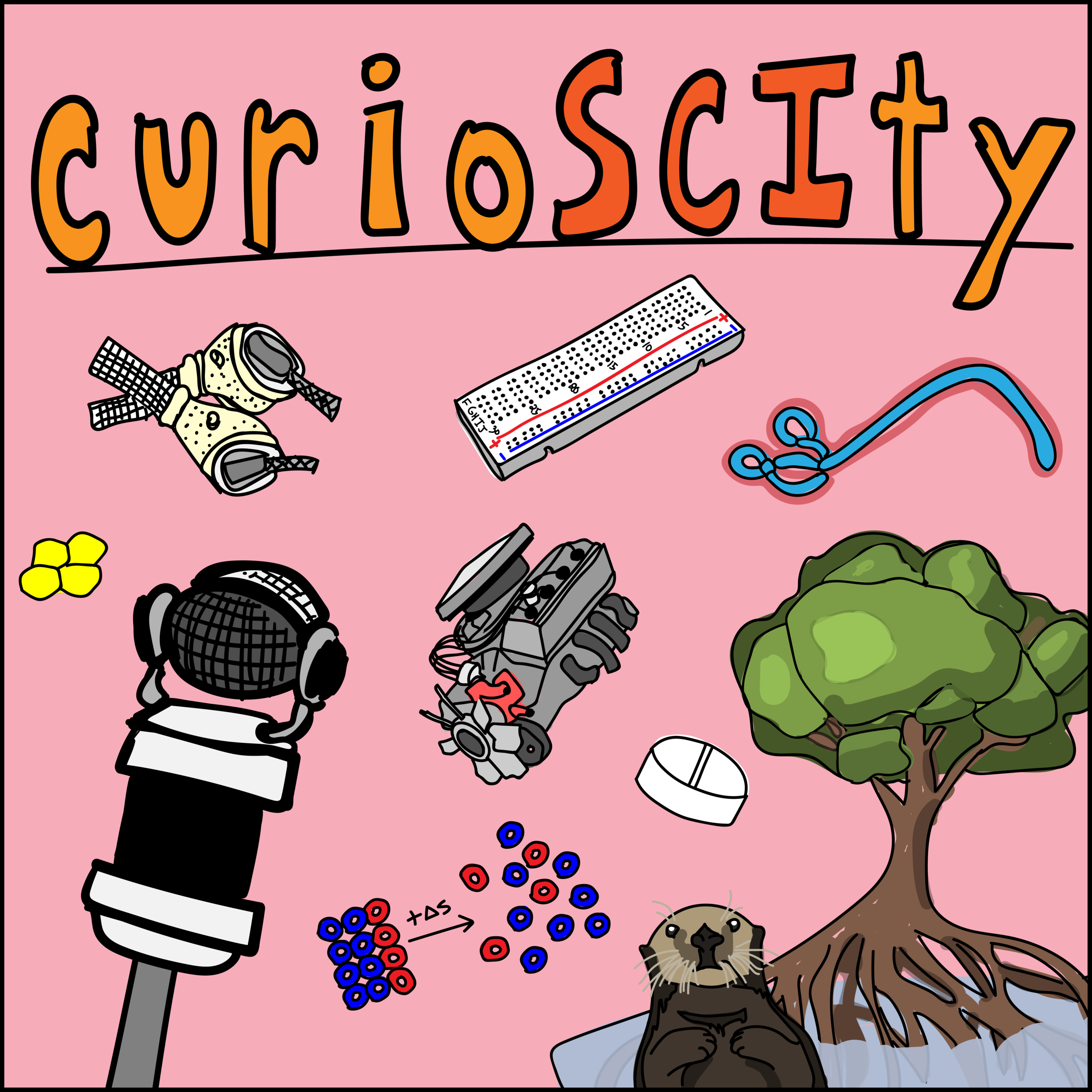91 - Mendelian Genetics (w/ Spencer Nystrom!)
91. Mendelian Genetics
We’ve discussed the concept of the genome and the individual genes that make it up, but this show hasn’t yet delved into how that blueprint expresses you. Today, we discuss genetics and the early scientist Gregor Mendel. Let’s learn to be scientifically conversational.
General Learning Concepts
1) What is genetics?
a. What is genetics? The study of heredity and the variation of inherited characteristics… the genetic properties or features of an organism, characteristic, etc.
b. What is heredity? The passing on of physical or mental characteristics genetically from one generation to another.
c. What is inheritance? Genetic inheritance occurs due to genetic material, in the form of DNA, being passed from parents to their offspring. When organisms reproduce, all the information for growth, survival, and reproduction for the next generation is found in the DNA passed down from the parent generation.
d. What are traits? A trait is a specific characteristic of an organism. Traits can be determined by genes or the environment, or more commonly by interactions between them. The genetic contribution to a trait is called the genotype. The outward expression of the genotype is called the phenotype.
i. Alleles: a variant form of a gene. Copies are not necessarily the same, leading to “different alleles”.
2) What makes genetic inheritance mendelian?
a. Who was Gregor Mendel? He was born on July 22, 1822, to a poor farming family who lived in a village in Northern Moravia, which is now part of the Czech Republic. He was a monk, and spent time at The University of Vienna. He died at 61 of kidney failure. [2]
i. What did others believe at the time? Most of Mendel's contemporaries believed that hereditary traits were passed on through a blending or averaging of each parents' characteristics and Mendel's findings were not accepted by the scientific community until after his death.
b. Why pea plants? Easily identifiable traits!
c. What are dominant and recessive traits? Dominant refers to the relationship between two versions of a gene. Individuals receive two versions of each gene, known as alleles, from each parent. If the alleles of a gene are different, one allele will be expressed; it is the dominant gene. The effect of the other allele, called recessive, is masked.
d. What were Mendel’s Laws of Heredity?
i. The Law of Segregation: Each inherited trait is defined by a gene pair. Parental genes are randomly separated to the sex cells so that sex cells contain only one gene of the pair. Offspring therefore inherit one genetic allele from each parent when sex cells unite in fertilization.
ii. The Law of Independent Assortment: Genes for different traits are sorted separately from one another so that the inheritance of one trait is not dependent on the inheritance of another.
iii. The Law of Dominance: An organism with alternate forms of a gene will express the form that is dominant.
3) What are some examples of Mendelian Genetics today?
a. Do Mendel’s Laws of Heredity hold today?
4) Fun Tidbits
a. Mendel’s work was forgotten: Three botanists - Hugo DeVries, Carl Correns and Erich von Tschermak - independently rediscovered Mendel's work in the same year, a generation after Mendel published his papers. They helped expand awareness of the Mendelian laws of inheritance in the scientific world.
b. Pea-sized Measurements: Mendel catalogued the heredity of seven characteristics in peas: seed shape, flower color, seed coat tint, pod shape, unripe pod color, flower location and plant height.
5) Solicited Questions
a. Does a Punnett square relate to Mendelian genetics?
i. 20th century English geneticist named Reginald Punnett.
b. How are Mendelian genetics different than Non-Mendelian genetics?


